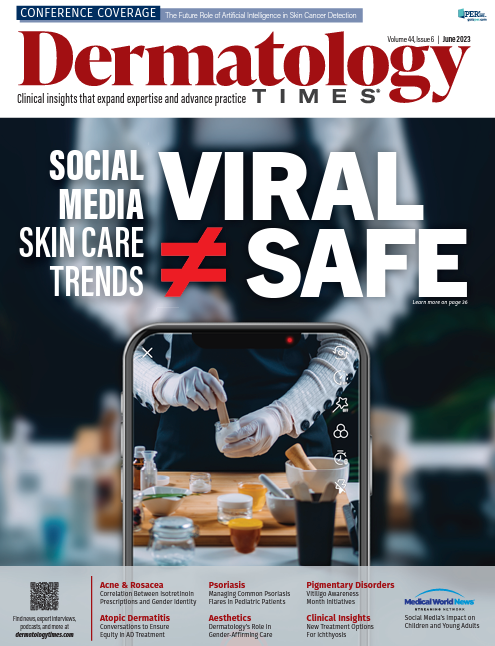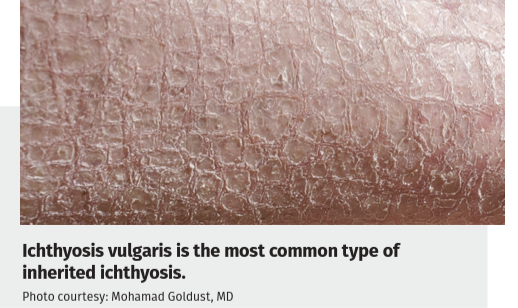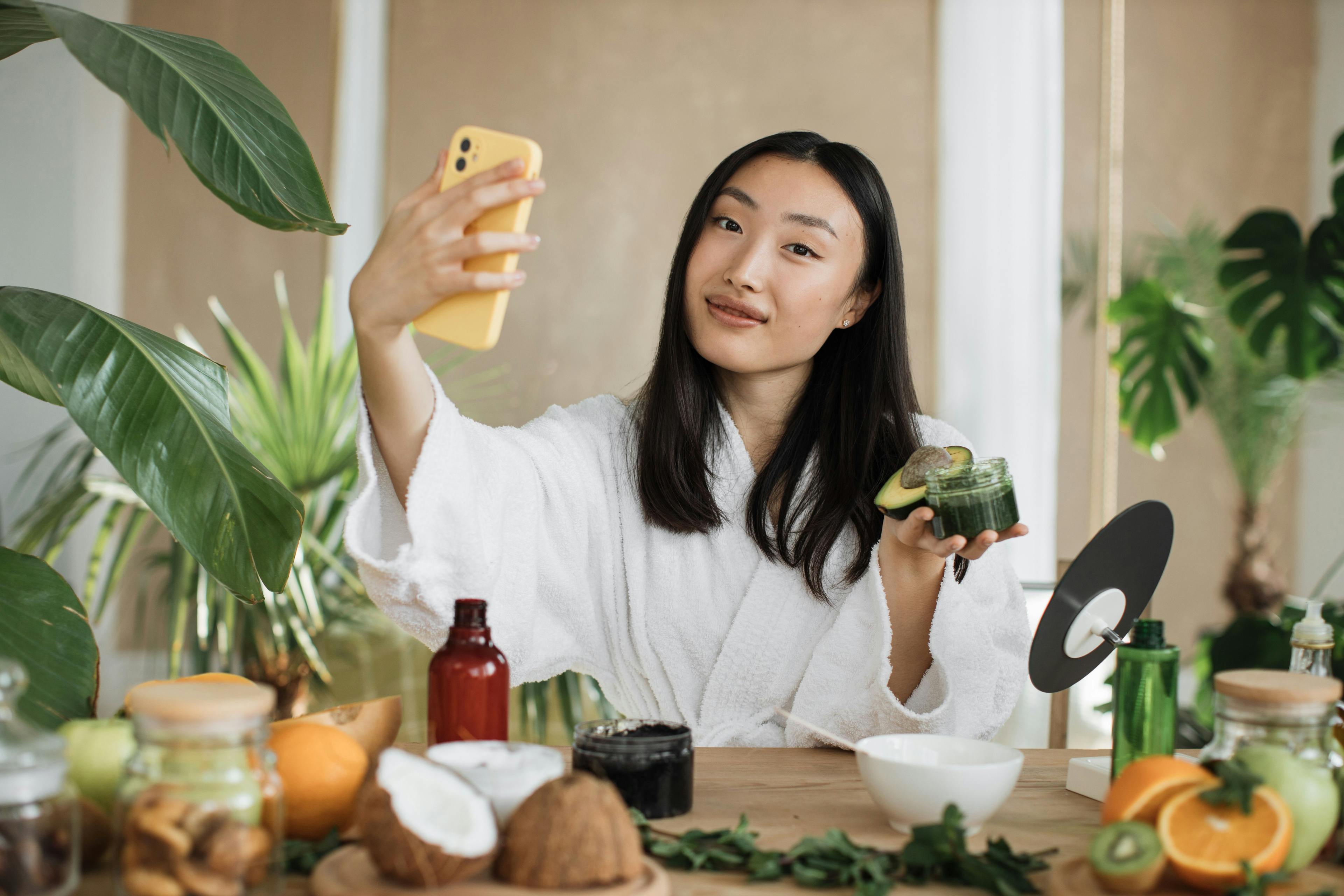- Acne
- Actinic Keratosis
- Aesthetics
- Alopecia
- Atopic Dermatitis
- Buy-and-Bill
- COVID-19
- Case-Based Roundtable
- Chronic Hand Eczema
- Chronic Spontaneous Urticaria
- Drug Watch
- Eczema
- General Dermatology
- Hidradenitis Suppurativa
- Melasma
- NP and PA
- Pediatric Dermatology
- Pigmentary Disorders
- Practice Management
- Precision Medicine and Biologics
- Prurigo Nodularis
- Psoriasis
- Psoriatic Arthritis
- Rare Disease
- Rosacea
- Skin Cancer
- Vitiligo
- Wound Care
Publication
Article
Dermatology Times
Trending Skin Care Spotlights Established Dermatologic Ideas
Author(s):
Zoe Diana Draelos, MD, editor in chief of Dermatology Times, reviews dermatology's role in pop culture and social media trends: "Popular skin culture has nothing on us but a new vocabulary."
Dermatology has more presence in pop culture than any other subspecialty of medicine. Trends come and go with great rapidity as posts on TikTok go viral or are long forgotten. I thought it might be worthwhile to examine some trending skin practices to keep up with current approaches but also evaluate their physiologic benefits (or lack thereof). Trending skin practices now include slugging/flooding, cycling, dopamine beauty, and retinol sandwiching.
Zoe Diana Draelos, MD

Dermatologists have long recommended occlusive petrolatum-based moisturizers after bathing to decrease transepidermal water loss, providing an environment for skin barrier to repair. Slugging/flooding is based on this principle. In this practice, highly occlusive skin moisturizers containing petrolatum, shea butter, and waxes are applied to the face at night. This retards transepidermal water loss and hyperhydrates the face. This allows minimization of fine lines that can be corrected with hydration until the osmotic balance is reestablished and water is lost to the environment, especially if the ambient humidity is low. Many polymer-based face patches, especially those used around the eyes, work on this same principle. Flooding comes with the concept of increasing skinwater content.
Cycling is another popular term representing a practice commonly used by dermatologists. Topical corticosteroids are frequently cycled, with application to the skin surface for 2 weeks followed by a 2-week drug holiday. This cycling is intended to prevent hypothalamic-pituitary-adrenal axis suppression and minimize skin atrophy. In the pop culture world, cycling refers to the rotation of exfoliants and retinols. For example, an α-hydroxy acid such as glycolic acid is applied to the face for one night followed by an OTC retinol formulation the subsequent night. After exposure to these 2 possible irritants, the skin is allowed to repair for 3 nights to restore the barrier followed by a repeat of the cycle. An aggressive exfoliant enhances the penetration of the retinol, but the skin cannot sustain this barrier damage for long, and a 3-day rest with moisturization isin order.
Dopamine beauty is an interesting concept from a psychosocial standpoint. It has long been known that personal perception and well-being alter the brain’s neurotransmitter status. Dopamine beauty is nothing more than this. It involves the use of brightly colored facial cosmetics, including eyeliner, eye shadow, glue-on jewels, lipstick, etc, to create garish and outlandish facial appearances. Bird feathers are glued to the natural eyelashes, with jewels applied beneath the eyebrow, pink glitter stroked over the upper eyelid, and black painted on the lower eyelid. The look is striking and is said to encourage the release of dopamine and create a positive emotional state.
The final popular trend reaching the heights of TikTok notoriety is retinol sandwiching. This is also not new in the dermatologic armamentarium. Retinol sandwiching is the application of a nighttime moisturizer followed by an OTC retinol product application and another moisturizer application. This effectively diminishes the irritation of the retinol, which can be quite profound despite retinol being an OTC product. Retinol can be broken down and esterified into very small amounts of tretinoin and can function as a retinoid receptor modulator. The application of a moisturizer prior to retinol application may decrease the amount of tretinoin available to modulate the retinoid receptors, but it will also decrease skin irritation. The second application of a moisturizer places a temporary barrier over the skin. Retinol sandwiching is a new term for a well-established dermatology practice.
In summary, what can we say about these new TikTok viral trends? I think we can say they are new terms for old ideas. Dermatologists have been using these ideas for quite some time. Popular skin culture has nothing on us but a new vocabulary.
This month’s issue of Dermatology Times also features an insightful article from Dustin Portela, DO, that investigates social media trends consisting of homemade skin care products that may do patients more harm than good.
Zoe Diana Draelos, MD, is a consulting professor for the Department of Dermatology at Duke University School of Medicine in Durham, North Carolina. She also leads the research lab at Dermatology Consulting Services in High Point, North Carolina, and serves as the editor in chief of Dermatology Times.

Newsletter
Like what you’re reading? Subscribe to Dermatology Times for weekly updates on therapies, innovations, and real-world practice tips.


























